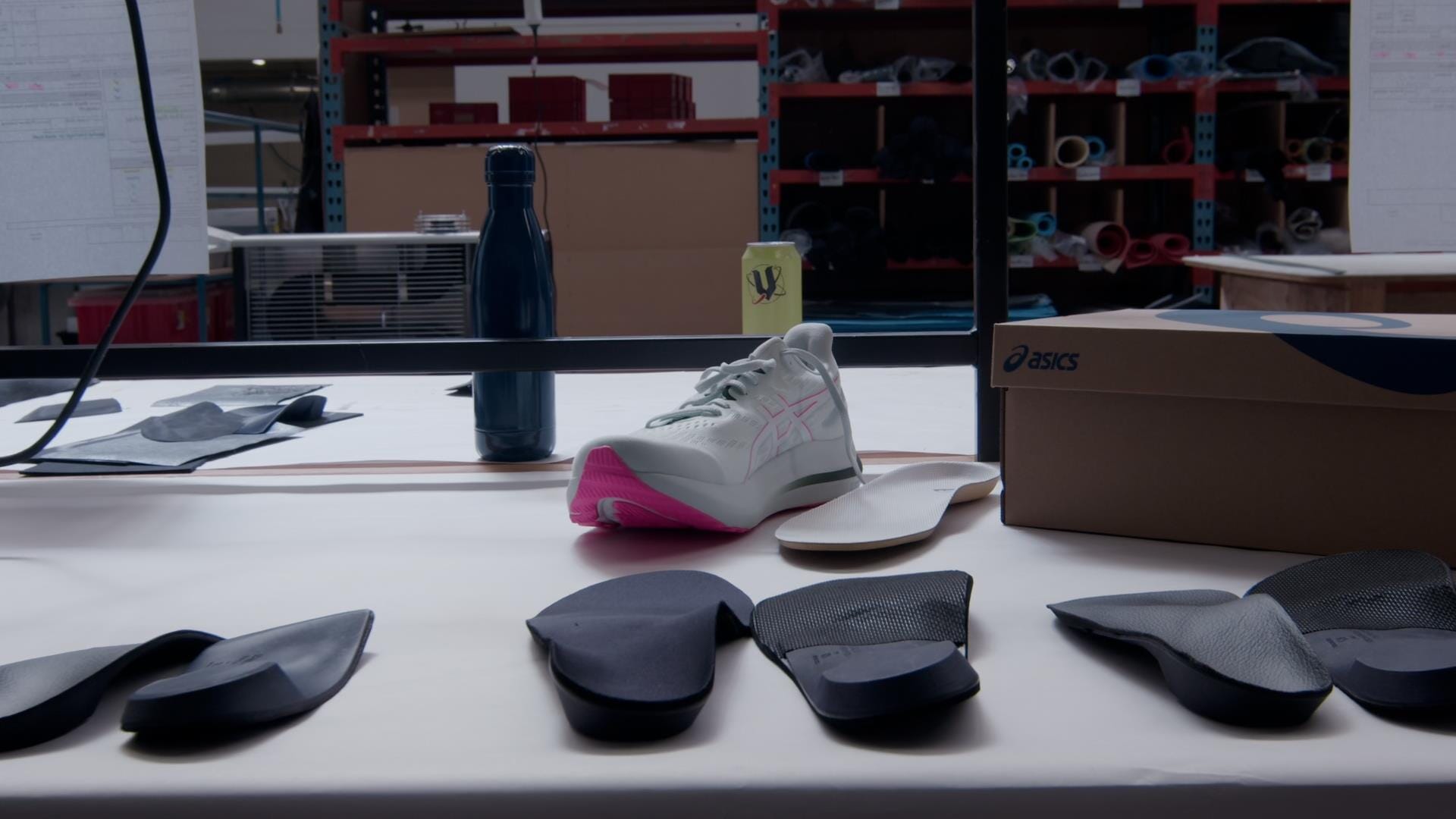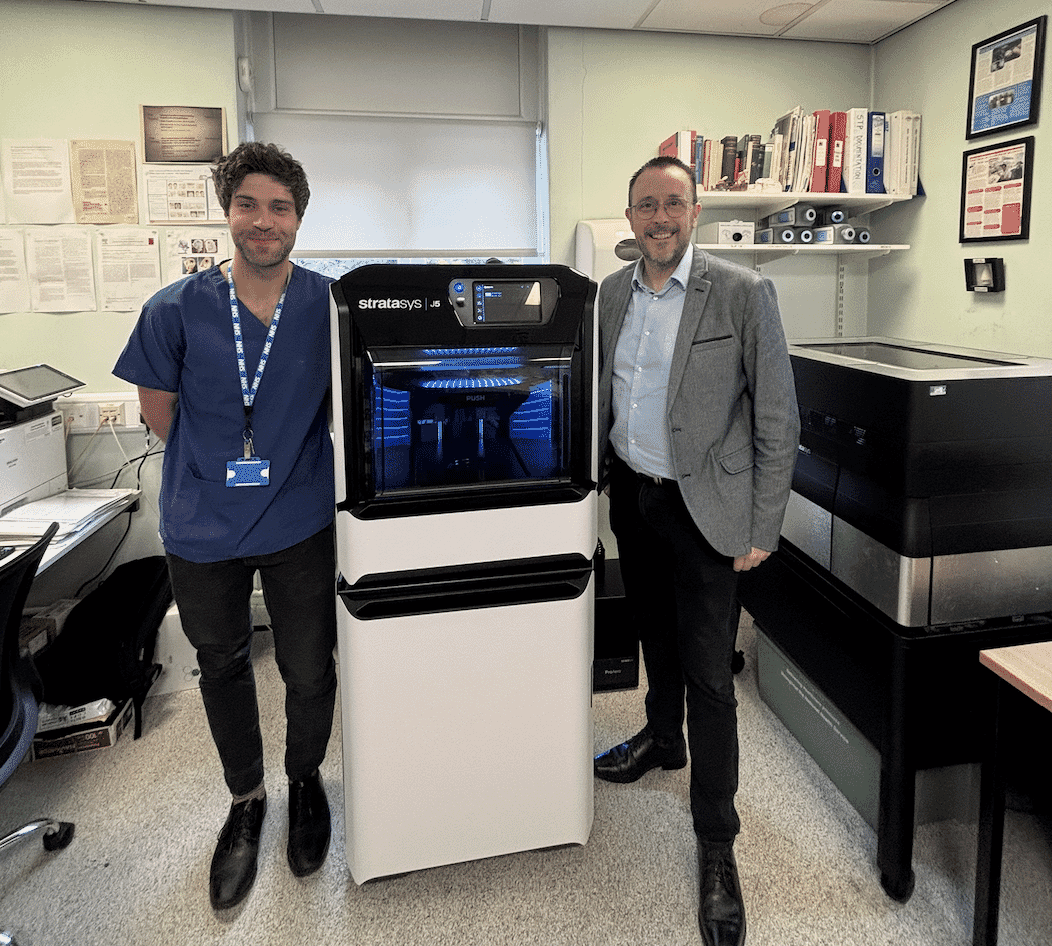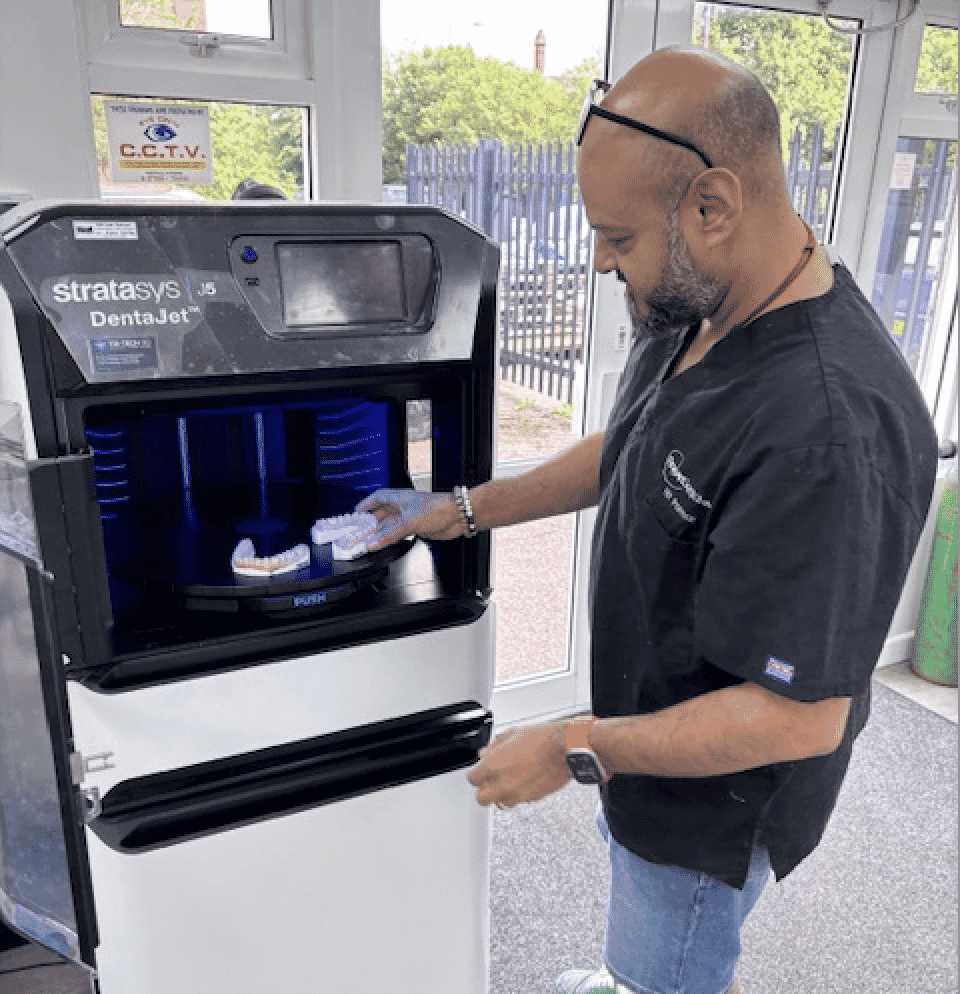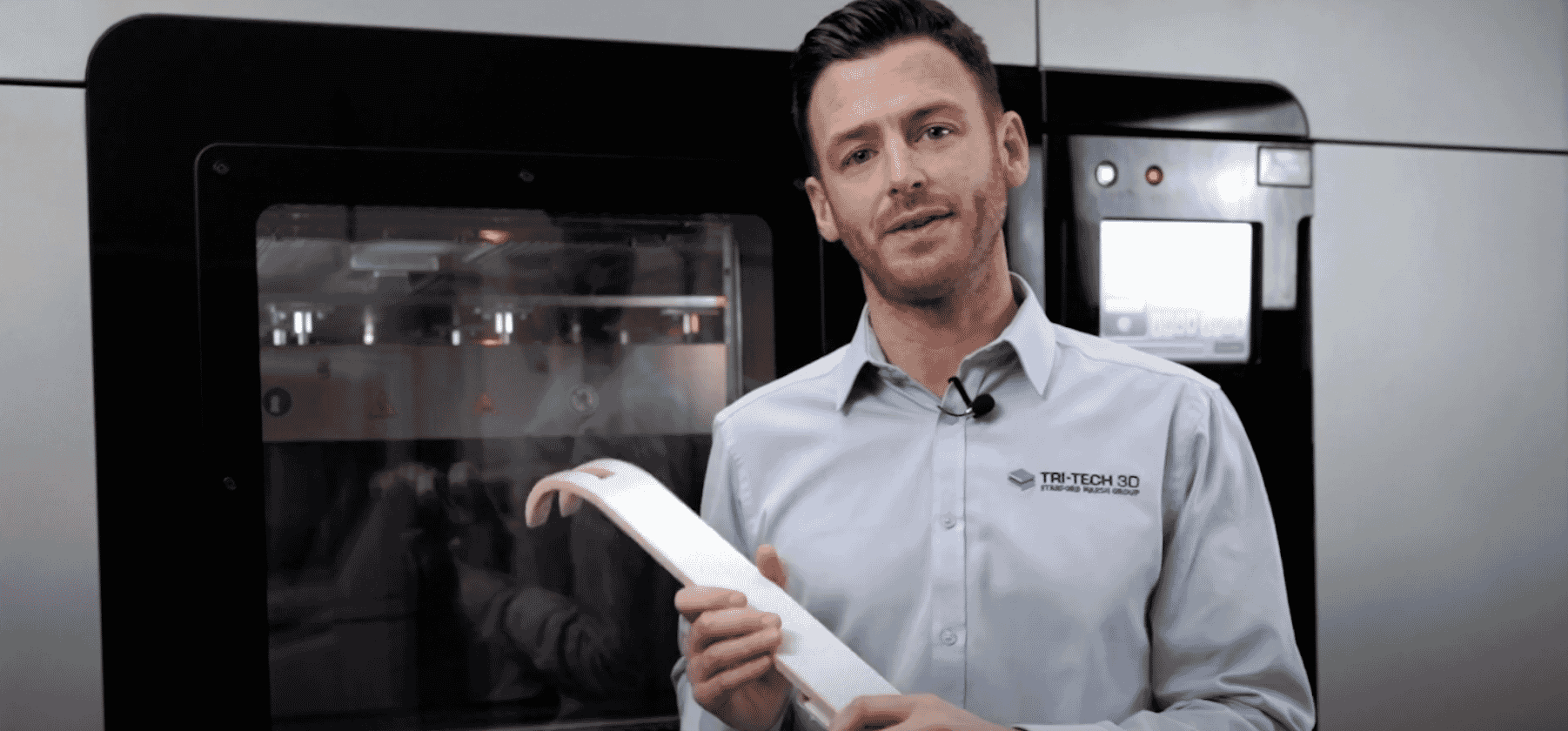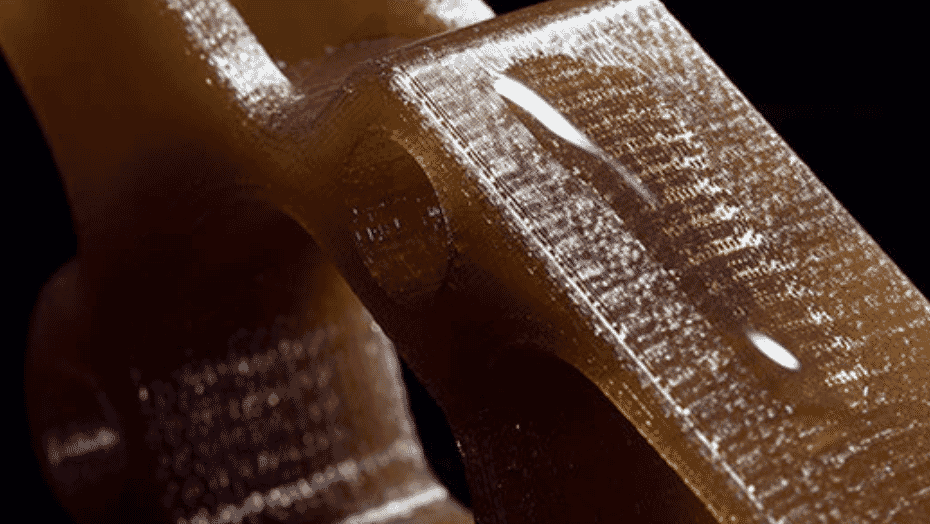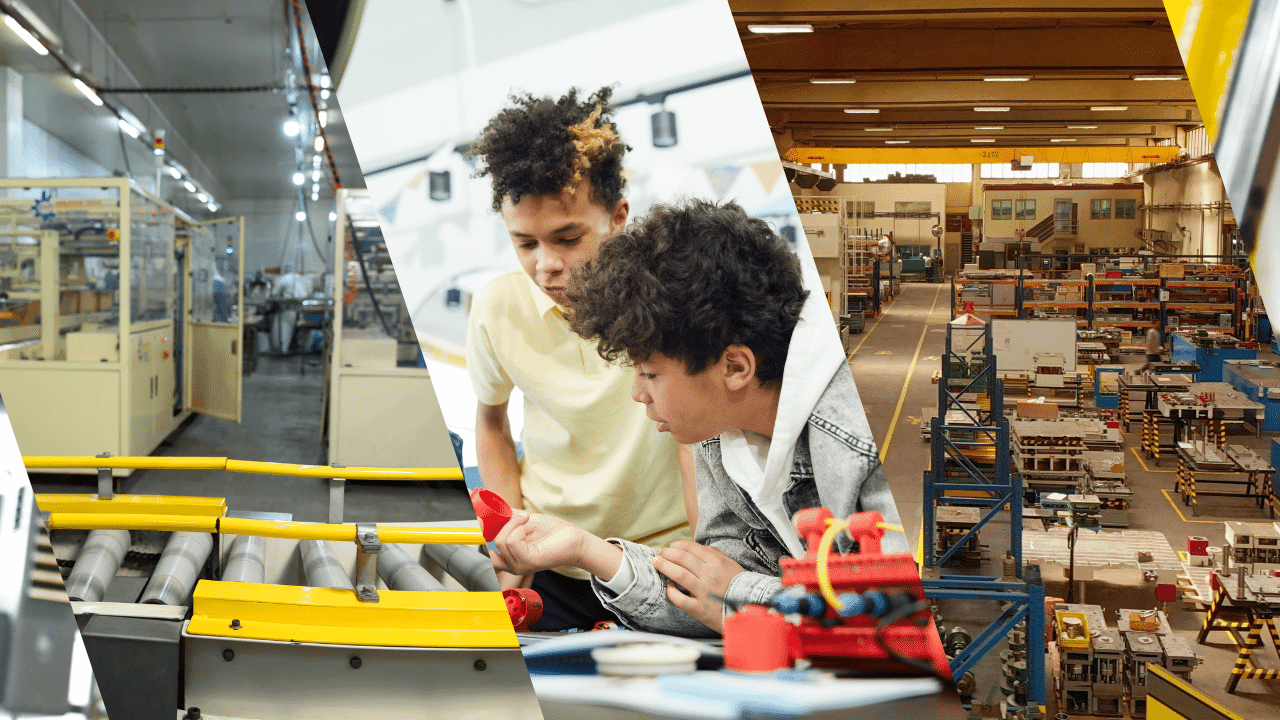Smarter Orthotics, Better Outcomes
For decades, custom orthotic production relied on manual techniques like casting, molding, and vacuum forming. Today, the orthotics industry stands on the brink of a revolution, and it’s being led by Additive Manufacturing—more commonly known as 3D printing.
Are you struggling with any of the below? 💭
-
Foam impression boxes and plaster molds giving inconsistencies in shape and pressure distribution.
-
Thermoformed plastic sheets suffering from uneven thickness and density, impacting the comfort and effectiveness of the final product.
-
Manual customisations taking too long and requiring significant technician skill, reducing scalability and your turnaround time.
-
CNC milling, while offering you better accuracy, produces substantial material waste and still limits your design flexibility.
These methods also struggle to keep up with the rising demand for truly personalised orthotics that address both bio-mechanical function and wearer comfort—efficiently and affordably.
Digital Innovation Arrives: The Case for 3D Printing
With 3D scanning and additive manufacturing, orthotic labs around the World and the UK are shifting from traditional workflows to fully digital, precise, and sustainable production. Selective Absorption Fusion (SAF™) technology, as implemented in Stratasys’ H350® printer, exemplifies this transition by enabling:
-
Scalable production of custom orthotics at a volume previously unachievable with traditional methods.
-
High consistency in product quality, thickness, and structure.
-
Complex design capabilities such as varying material density, integrated reinforcements, and controlled flexibility—all in a single print.
As Tim Ganley, Podiatrist and Managing Director of GO Orthotics, shares:
We can make our orthotic designs much more intricate—varying thickness, adding reinforcing areas, and blending flexibility. Ultimately, 3D printing of orthotics has enabled greater choice for our clients when it comes to orthotic prescription and design specification.
Unmatched Design Freedom and Functional Precision
3D printing using durable and sustainable materials like PA11 (a bio-based nylon derived from castor beans) allows for unprecedented design flexibility:
-
Variable wall thickness tailored to specific support zones
-
Embedded flex points for enhanced comfort and mobility
-
Reinforced load-bearing regions to better match patient biomechanics
This means clinicians and technicians like yourself no longer have to compromise between structure and comfort. Each orthotic can be designed with granular detail—down to the millimetre—ensuring it truly supports the patient’s foot function and lifestyle needs.

